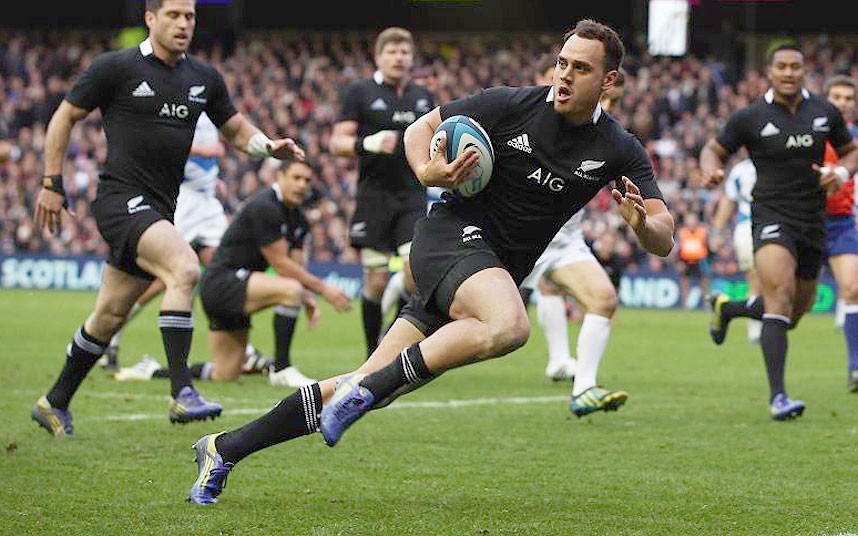Most Common Rugby Injuries
Rugby is an incredibly popular sport, partly because of its fast moving, high intensity nature. There are generally more injuries in rugby than there are in football as it is a very heavy contact sport. The Rugby Football Union reported that the mean injuries per club in matches during 2013-14 was 62.
With so much in the news regarding making rugby a safer sport, and the Six Nations having recently come to a close, we thought we’d review the most common rugby injuries and offer some advice on how to prevent them from occurring.
Concussion
For the third consecutive season, concussion has been the most common match injury, accounting for 12.5% of all match injuries. Concussion generally occurs from both mild and severe blows to the head, which is something that is hard to avoid in a sport such as rugby. There are roughly 10.5 concussion injuries for every 1000 hours of playing time.
Due to the nature of rugby, it is unrealistic to try and prevent the occurrence of concussion but there should be a focus on making sure the playing area is safe and correct techniques during the match are applied and performed properly.
Thigh haematoma
A thigh haematoma injury is essentially an extreme bruise as a result of damage to the blood vessels in the thigh. It leads to blood leaking around the tissue and happens due to a direct blow to the thigh area.
This is another common rugby injury that is hard to prevent without changing the way rugby is played, but as long as there is a solid recovery process in place then it should be a fairly simple injury to come back from. Applying principles such as RICE (Rest, Ice, Compression and Elevation) should aid the recovery process.
Medial Collateral Ligament
This particular injury is found in the knee; the MCL works alongside other ligaments to ensure you have stability in the knee when running or walking. This injury occurs when the fibres within the ligament are torn or completely ruptured. It can happen due to a sudden change in direction, or if the force of a tackle places strain on the area.
You can try to prevent this injury from happening by undergoing training to strengthen your knee, as well as working on speed work to improve the knee’s resilience.
Ankle lateral ligament
This injury is otherwise known as a sprained ankle; the ligaments are overstretched, resulting in soft tissue damage. Injury to this ligament can vary in severity and normally happen simply by rolling your ankle on unstable ground. Examples of how you could damage your ankle lateral ligament include awkwardly planting your foot when running or landing unevenly from a jump.
There are a few things you can do to try and prevent this injury. Proprioception training is designed to help players catch their balance and such; you can also incorporate wobble boards and ankle braces to improve overall strength, stability and reflex of your ankle joint.
Remember, physiotherapy can be a vital part of your recovery if you have a sport injury and can help you get back on your feet quicker. Working with a physiotherapist may also help to prevent strains and injuries in the first place. Contact us today if you would like sport injury rehabilitation.

